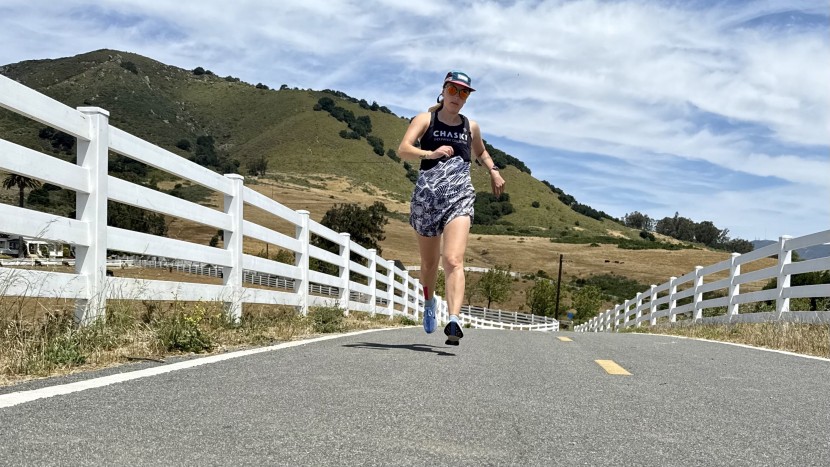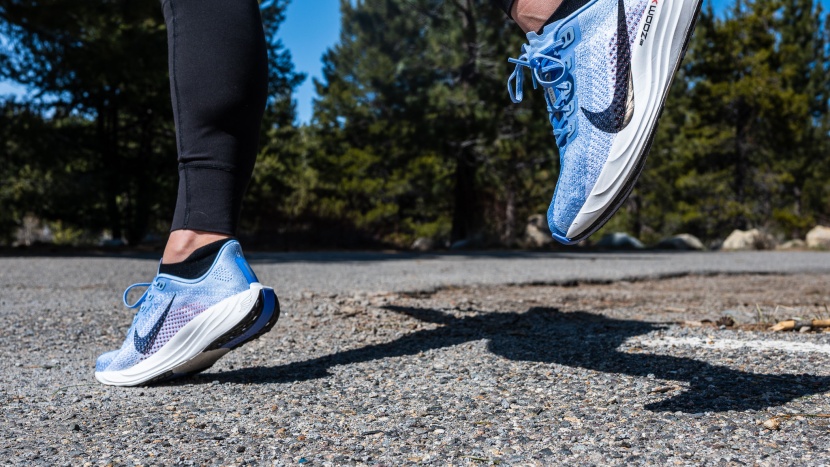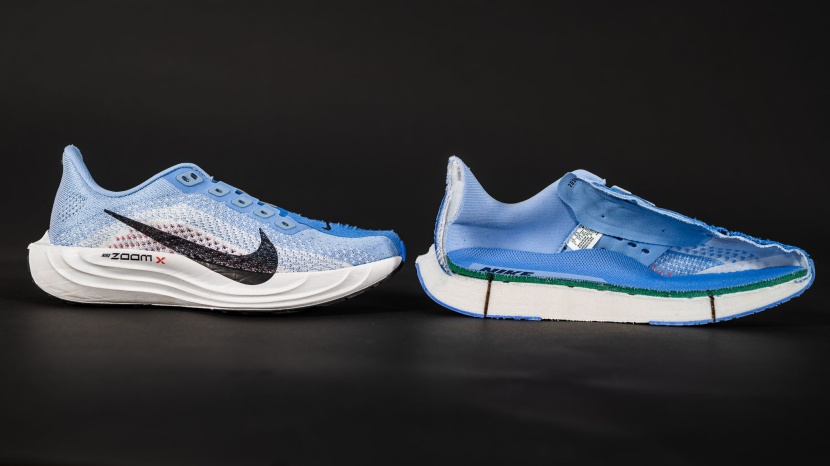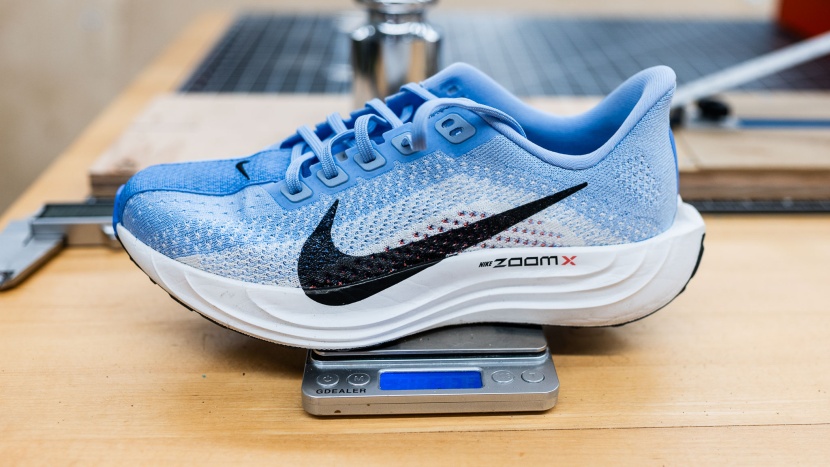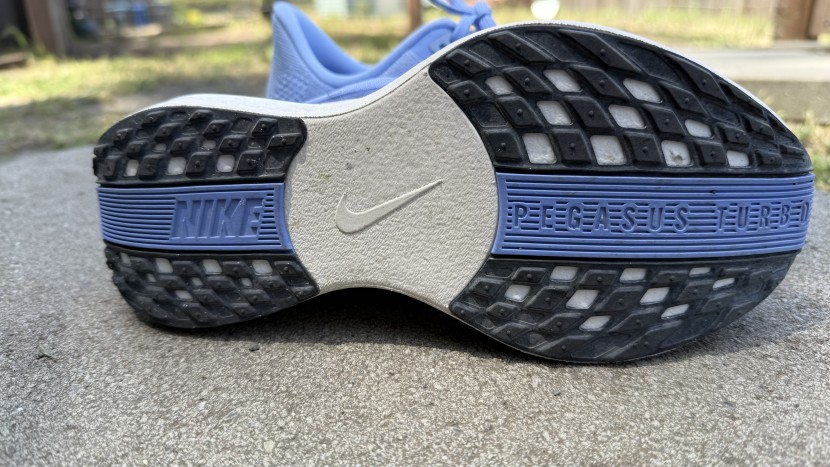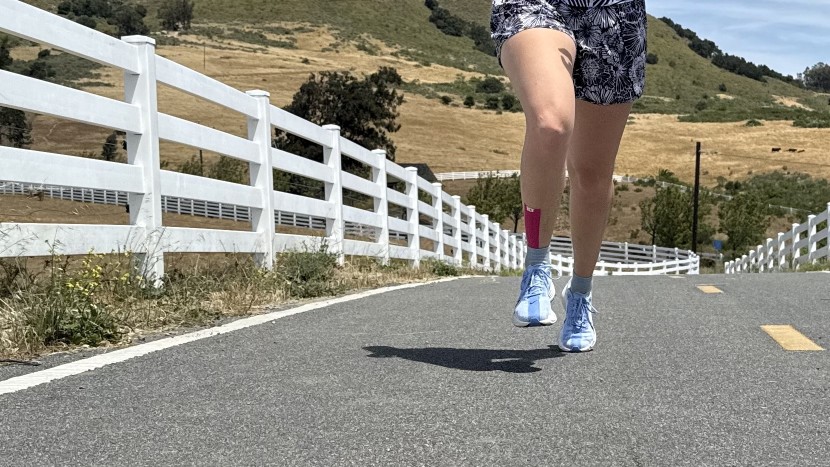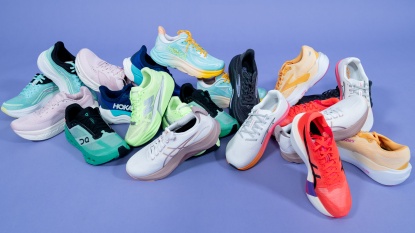Nike Pegasus Plus - Women's Review

Our Verdict
Our Analysis and Test Results
With an 8 mm drop and 32 mm heel stack, the Nike Pegasus Plus offers a low-to-the-ground ride in the forefoot. Its ZoomX midsole isn't particularly springy, but the levity of this shoe proves to be such that it won't hold you back.
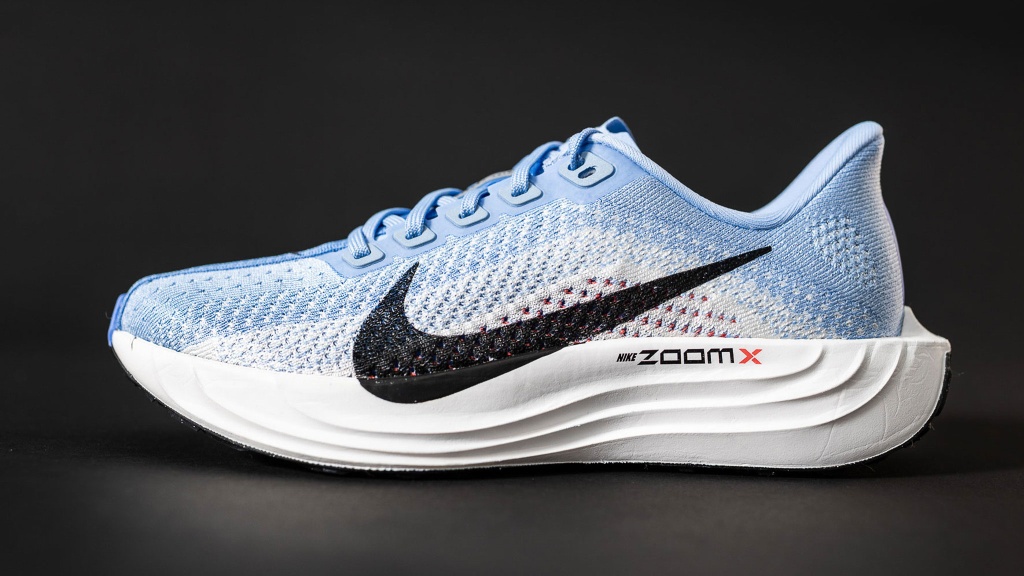
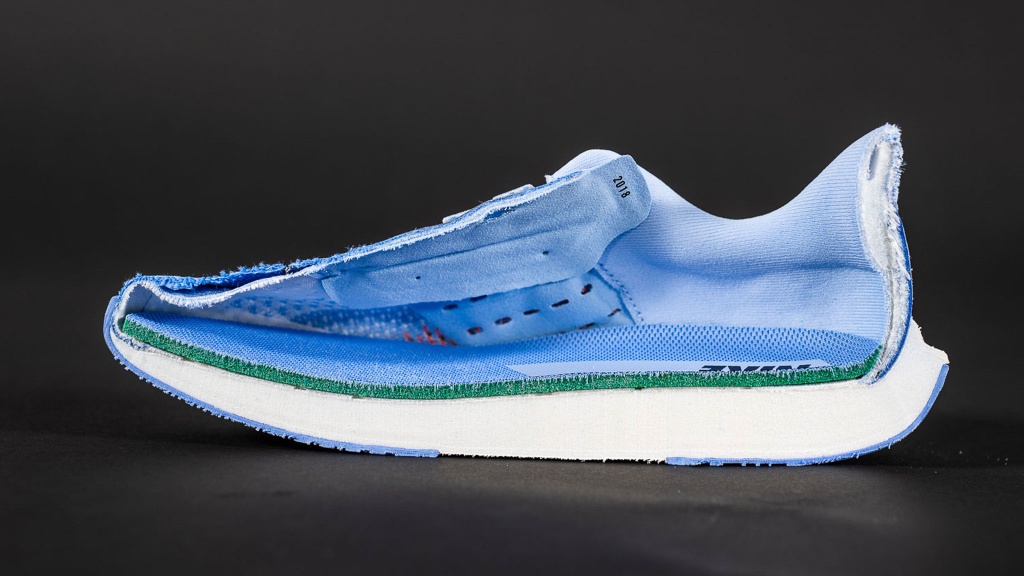
Cushioning
The Pegasus Plus features a full-length ZoomX midsole, which is a Nike-specific PEBA-based foam. I have never found it to be the most responsive midsole material, and the configuration of the Pegsus Plus's midsole follows suit. The ride doesn't feel plush due to the shoe's relatively low stack height. The heel stands at 32 mm, and with a sloping 8 mm drop, the 24 mm forefoot stack feels pretty low to the ground and uncushioned. This connected sensation adds a bit more rigidity than comfort, and while it wasn't entirely unpleasant, it also may not make the Pegasus a great shoe for distance-minded runners who need some extra cushion.
Upper Comfort
The upper of the Nike Pegasus Plus is constructed with Flyknit material, providing a lightweight and breathable fit across the upper. The design includes a prominent stripe down the center, which, while adding to the shoe's aesthetic appeal, slightly compromises breathability. The internal heel counter and thickness of the collar offer some rear structure and comfort, though not in any out-of-this-world way. The forefoot of the Pegasus Plus is notably narrow, which likely won't appeal to runners with wider feet. The tongue is thin and wide with minimal cushioning, which helps keep this shoe lightweight. However, the non-gusseted nature of the tongue, paired with the FlyKnit weave, leads to a flimsy feeling midfoot that inhibits stability.
Stability
The Pegasus Plus is a very neutral running shoe, lacking stability features that many runners crave. The full-length ZoomX midsole is compressible and thin. This build doesn't feel unstable, like the shoe is going to pitch you off the platform, but it provides very little medial support. The lack of arch build inside the Pegasus Plus accentuates the gauziness of the medial wall, which can emphasize overpronation for runners with this gait style. The heel is a bit more rigid, providing some rear support, but still falling short of the stability expectations that many runners (particularly newer runners) benefit from.
Responsiveness
For a low-stack, grounded-feeling shoe, the Pegasus Plus provides decent rebound thanks to its full-length ZoomX midsole, but without a plate, it falls short on propulsion and energy return compared to more modern options. While it's serviceable for daily runs and light tempos, it lacks the spark or excitement that makes a trainer truly memorable.
Weight
At 6.73 ounces per US women's size 6.5 shoe, the Pegasus Plus is definitely a lighter-weight shoe. The lightweight construction is achieved by keeping the upper intentionally scant and the midsole foam sparse. The lightweight nature of the Pegasus Plus makes it a versatile option for various training sessions.
Traction
The outsole of the Pegasus Plus features high-abrasion rubber in the heel and forefoot areas, providing durability and grip on the road. The midfoot area has exposed ZoomX foam, which, while reducing weight, is susceptible to wear and damage from sharp objects. The outsole design of the Pegasus Plus performs adequately on dry surfaces, offering mostly reliable grip. The traction is not quite as secure on wet roads or storm drain covers. Though not a shoe that I recommend taking onto the trails, the Pegasus Plus offers good-enough traction for most dry road runs.
Should You Buy the Nike Pegasus Plus?
The Pegasus Plus comes with very moderate recommendations. Like many other Nike shoes, our testers say, “Meh,” when asked if they should buy this shoe. While it earns serious style points, its lack of medial structure and tight toe box make it a less comfortable choice when compared to other shoes on the market. For the same price or less, runners can find shoes that perform better. That said, if a versatile daily shoe for gym sessions that include short bouts of running is what you are looking for, the aesthetically pleasing Pegasus Plus might check all of your boxes.
What Other Road Running Shoes Should You Consider?
Though heavier, the slightly more comfortable Nike Pegasus 41 is a strong alternative to consider. The Pegasus 41 offers a similar fit with a bit more cushion and heft, which might appeal to some runners. The Hoka Mach 6 is a standout shoe when it comes to versatility. Similarly lightweight, the Mach 6 is a more affordably priced daily trainer that is more universally comfortable. The Brooks Glycerin 22 is a daily shoe that offers more arch support and comfort than the Pegasus Plus. Though not as attractive or lightweight, the Glycerin is a shoe that our testers trust to feel comfortable and strong after many, many miles.



